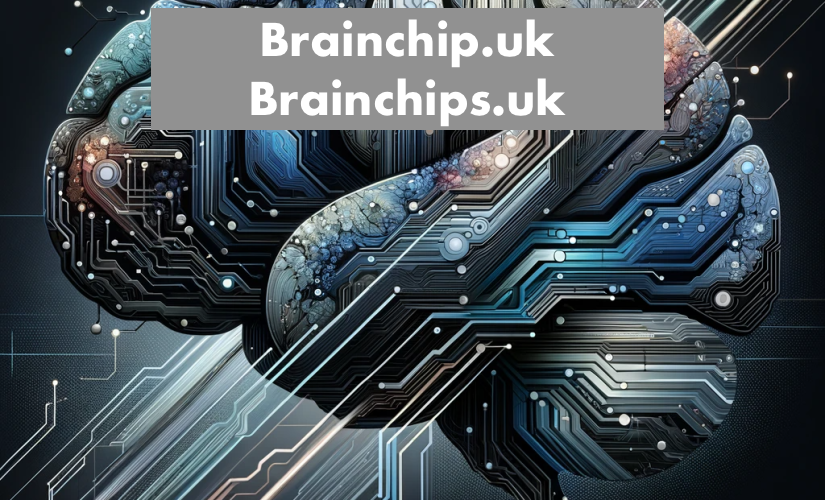
How to Make Money with AI: A Guide for Remote Workers, the Disabled, and the Self-Employed
Artificial intelligence (AI) is transforming industries and creating new opportunities for earning a living. For those who work remotely, are disabled, or are self-employed, leveraging AI can be particularly advantageous.
This guide will explore various ways to make money using AI, tailored to fit the unique needs and circumstances of these groups.
1. Freelance AI Consulting
If you have expertise in AI or machine learning, you can offer consulting services to businesses looking to implement AI solutions. This can include:
- Developing AI Strategies: Helping companies understand how AI can benefit their operations.
- Implementing AI Systems: Assisting in the setup and integration of AI technologies.
- Training and Support: Providing ongoing support and training to ensure successful AI adoption.
Platforms like Upwork, Freelancer, and Toptal can connect you with clients seeking AI expertise.
2. AI-Based Content Creation
AI tools can enhance your content creation process, making it easier to produce high-quality material. Here’s how:
- Writing and Editing: Tools like GPT-4 can help generate content, draft articles, and even perform editing tasks.
- Graphic Design: AI-driven design tools like Canva or Adobe Spark allow you to create professional graphics and visual content.
- Video Production: Platforms like Synthesia enable the creation of AI-generated videos, which can be used for marketing, tutorials, or entertainment.
Content creation is a versatile field with opportunities in blogging, social media management, and digital marketing.
3. AI-Enhanced E-commerce
Running an online store can be made more efficient and profitable with AI. Here are some ways to incorporate AI into e-commerce:
- Chatbots: Use AI chatbots to handle customer inquiries, provide support, and enhance the shopping experience.
- Personalized Recommendations: Implement AI algorithms to offer personalized product suggestions, increasing sales.
- Inventory Management: AI can help predict demand, manage stock levels, and optimize supply chains.
Platforms like Shopify, BigCommerce, and WooCommerce offer integrations with AI tools to streamline your e-commerce operations.
4. AI-Driven Market Research
AI can be a powerful tool for conducting market research, helping you gather and analyze data to make informed business decisions. Services you can offer include:
- Data Analysis: Using AI to analyze market trends, consumer behavior, and competitor activities.
- Sentiment Analysis: Employing AI to gauge public sentiment on social media and other platforms.
- Predictive Analytics: Utilizing AI to forecast market changes and business opportunities.
These insights can be valuable for companies looking to stay ahead in their industries.
5. Developing AI Applications
For those with programming skills, creating AI applications can be a lucrative venture. This can include:
- Mobile Apps: Developing AI-powered mobile applications for various purposes, from health monitoring to personal finance management.
- Web Applications: Building AI-driven web applications that provide unique services or solve specific problems.
- AI Tools: Creating niche AI tools that cater to particular industries, such as healthcare, finance, or education.
Monetize these applications through direct sales, subscriptions, or by offering them on platforms like the App Store or Google Play.
6. Participating in AI Research Projects
If you enjoy working on innovative projects, consider participating in AI research. Many organizations and academic institutions seek individuals to help with data collection, annotation, and analysis. Opportunities include:
- Crowdsourcing Platforms: Websites like Amazon Mechanical Turk and Lionbridge offer tasks related to AI data labeling and analysis.
- Academic Collaborations: Partner with universities or research labs working on AI projects.
- Online Competitions: Join AI and data science competitions on platforms like Kaggle to win prizes and recognition.
These projects can be done remotely and often provide flexible working hours.
7. Offering AI Training and Courses
If you have expertise in AI, consider creating and selling educational content. This can be highly rewarding and can include:
- Online Courses: Develop comprehensive AI courses and sell them on platforms like Udemy, Coursera, or Teachable.
- Webinars and Workshops: Host live training sessions or workshops to teach specific AI skills.
- Tutoring: Offer one-on-one tutoring sessions to students or professionals looking to learn about AI.
Educational content is always in demand, and sharing your knowledge can be both profitable and fulfilling.
8. AI-Powered Virtual Assistance
AI can help you become a more efficient and effective virtual assistant by automating various tasks. Here are some ways to utilize AI in this role:
- Email Management: Use AI tools like SaneBox or Boomerang to sort and prioritize emails, automate responses, and manage your inbox.
- Scheduling: Employ AI scheduling assistants like Clara or x.ai to handle meeting arrangements, reminders, and calendar management.
- Research: Utilize AI research tools like Feedly or Nuzzel to gather and summarize information, staying up-to-date on relevant topics for your clients.
By enhancing your virtual assistant services with AI, you can handle more clients and increase your income.
9. AI in Creative Arts
AI is making waves in the creative arts, providing unique opportunities for monetization in fields like music, art, and writing. Here’s how you can leverage AI in the creative sector:
- Music Composition: Use AI music generators like Amper Music or AIVA to create original compositions for commercials, video games, or personal projects.
- Digital Art: Create AI-generated art using tools like DeepArt or Artbreeder and sell your works on platforms like Etsy or Redbubble.
- Creative Writing: Utilize AI writing tools like Jasper or Sudowrite to co-author novels, write scripts, or create engaging content for blogs and websites.
AI can augment your creative processes, allowing you to produce high-quality work more efficiently.
10. AI-Driven Financial Services
AI is revolutionizing the financial sector, offering new avenues for generating income through financial services. Here are some ways to get involved:
- Algorithmic Trading: Develop and use AI-driven trading algorithms to buy and sell stocks, cryptocurrencies, or other financial instruments. Platforms like QuantConnect and Alpaca provide tools to get started.
- Personal Finance Management: Create AI-powered tools or apps that help individuals manage their finances, such as budgeting apps or investment advisors. Examples include apps like Mint and Wealthfront.
- Fraud Detection: Offer AI-based fraud detection services to businesses, helping them identify and prevent fraudulent activities. This can involve analyzing transaction data and monitoring for suspicious behavior.
By incorporating AI into financial services, you can provide valuable insights and solutions that help clients manage and grow their wealth.
Conclusion
Making money with AI is an exciting and viable option for remote workers, the disabled, and the self-employed. Whether through consulting, content creation, e-commerce, market research, app development, research participation, or education, there are numerous opportunities to leverage AI for financial gain. By harnessing the power of AI, you can create a flexible and rewarding career that fits your unique circumstances and skills.
The versatility of AI opens up numerous opportunities for remote workers, the disabled, and the self-employed to create sustainable and profitable careers. Whether through virtual assistance, creative arts, financial services, or any of the previously mentioned categories, AI can be a powerful ally in your journey to financial independence. Embrace these technologies, hone your skills, and explore the diverse ways AI can help you achieve your professional goals.













